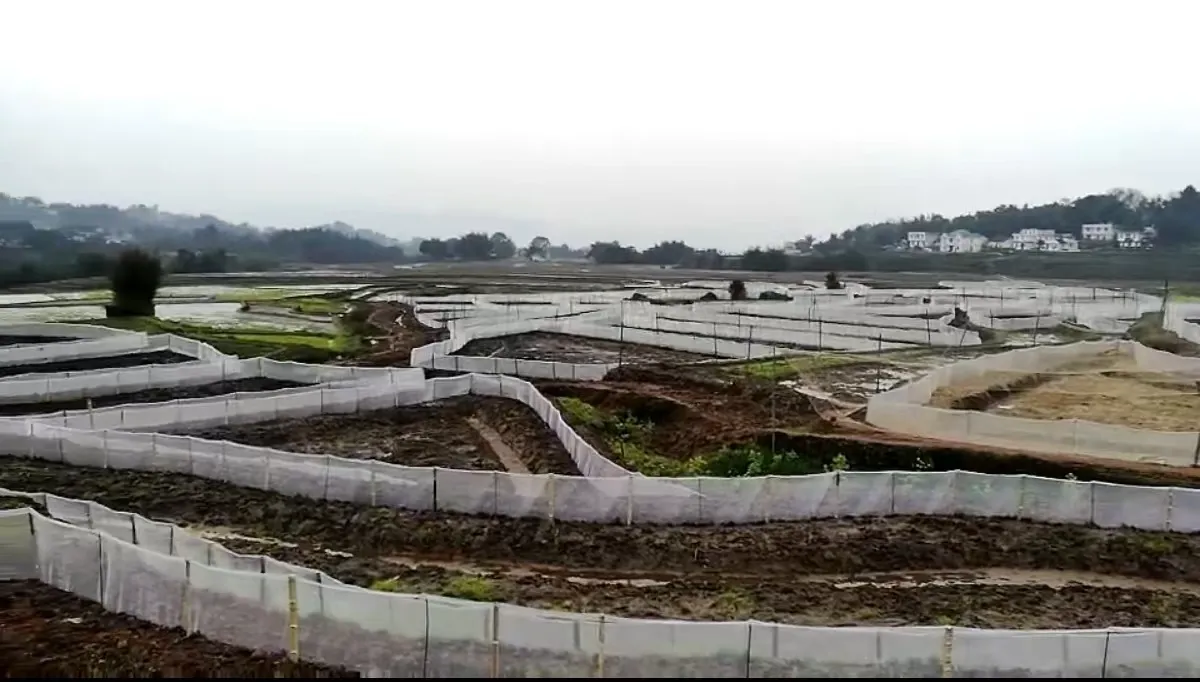-
 Afrikaans
Afrikaans -
 Albanian
Albanian -
 Amharic
Amharic -
 Arabic
Arabic -
 Armenian
Armenian -
 Azerbaijani
Azerbaijani -
 Basque
Basque -
 Belarusian
Belarusian -
 Bengali
Bengali -
 Bosnian
Bosnian -
 Bulgarian
Bulgarian -
 Catalan
Catalan -
 Cebuano
Cebuano -
 China
China -
 Corsican
Corsican -
 Croatian
Croatian -
 Czech
Czech -
 Danish
Danish -
 Dutch
Dutch -
 English
English -
 Esperanto
Esperanto -
 Estonian
Estonian -
 Finnish
Finnish -
 French
French -
 Frisian
Frisian -
 Galician
Galician -
 Georgian
Georgian -
 German
German -
 Greek
Greek -
 Gujarati
Gujarati -
 Haitian Creole
Haitian Creole -
 hausa
hausa -
 hawaiian
hawaiian -
 Hebrew
Hebrew -
 Hindi
Hindi -
 Miao
Miao -
 Hungarian
Hungarian -
 Icelandic
Icelandic -
 igbo
igbo -
 Indonesian
Indonesian -
 irish
irish -
 Italian
Italian -
 Japanese
Japanese -
 Javanese
Javanese -
 Kannada
Kannada -
 kazakh
kazakh -
 Khmer
Khmer -
 Rwandese
Rwandese -
 Korean
Korean -
 Kurdish
Kurdish -
 Kyrgyz
Kyrgyz -
 Lao
Lao -
 Latin
Latin -
 Latvian
Latvian -
 Lithuanian
Lithuanian -
 Luxembourgish
Luxembourgish -
 Macedonian
Macedonian -
 Malgashi
Malgashi -
 Malay
Malay -
 Malayalam
Malayalam -
 Maltese
Maltese -
 Maori
Maori -
 Marathi
Marathi -
 Mongolian
Mongolian -
 Myanmar
Myanmar -
 Nepali
Nepali -
 Norwegian
Norwegian -
 Norwegian
Norwegian -
 Occitan
Occitan -
 Pashto
Pashto -
 Persian
Persian -
 Polish
Polish -
 Portuguese
Portuguese -
 Punjabi
Punjabi -
 Romanian
Romanian -
 Russian
Russian -
 Samoan
Samoan -
 Scottish Gaelic
Scottish Gaelic -
 Serbian
Serbian -
 Sesotho
Sesotho -
 Shona
Shona -
 Sindhi
Sindhi -
 Sinhala
Sinhala -
 Slovak
Slovak -
 Slovenian
Slovenian -
 Somali
Somali -
 Spanish
Spanish -
 Sundanese
Sundanese -
 Swahili
Swahili -
 Swedish
Swedish -
 Tagalog
Tagalog -
 Tajik
Tajik -
 Tamil
Tamil -
 Tatar
Tatar -
 Telugu
Telugu -
 Thai
Thai -
 Turkish
Turkish -
 Turkmen
Turkmen -
 Ukrainian
Ukrainian -
 Urdu
Urdu -
 Uighur
Uighur -
 Uzbek
Uzbek -
 Vietnamese
Vietnamese -
 Welsh
Welsh -
 Bantu
Bantu -
 Yiddish
Yiddish -
 Yoruba
Yoruba -
 Zulu
Zulu
Understanding the Benefits of Reinforced Floor Steel Mesh in Construction
The Importance of Floor Steel Mesh in Construction
Floor steel mesh, an essential component in modern construction, plays a pivotal role in enhancing the structural integrity and durability of various building projects. Its use is particularly prevalent in reinforced concrete applications, where it serves to distribute loads, improve tensile strength, and minimize cracking. This article delves into the significance of floor steel mesh, its types, applications, and benefits.
At its core, floor steel mesh is composed of a network of steel bars or wires that are welded or woven together to form a strong, grid-like structure. This mesh is typically incorporated into concrete floors, slabs, and pavements to provide additional support. The integration of steel mesh with concrete creates a composite material that leverages the compressive strength of concrete and the tensile strength of steel, resulting in a robust flooring solution.
There are two primary types of floor steel mesh welded wire mesh and fiber mesh. Welded wire mesh is made from steel wires that are welded at regular intervals, creating a rigid grid. This type is often used in commercial and industrial applications where high stress loads are expected. On the other hand, fiber mesh, which consists of tiny fibers added directly to the concrete mix, helps to control cracking and improves wear resistance. Each type has its unique advantages, making it crucial for builders to choose the right mesh for their specific project requirements.
floor steel mesh

The applications of floor steel mesh are vast and diverse. It is commonly used in the construction of residential homes, commercial buildings, highways, airports, and industrial facilities. In residential settings, it provides a sturdy base for floors and driveways, ensuring longevity and safety. In commercial and industrial construction, its use becomes increasingly vital as these structures often have to accommodate heavy machinery and high foot traffic.
One of the key benefits of using floor steel mesh in construction is its ability to prevent cracking. Concrete is inherently strong in compression but weak in tension. When stressors such as heavy loads or temperature fluctuations occur, concrete can crack. The presence of steel mesh within the concrete helps to absorb and distribute these forces evenly, significantly reducing the risk of cracks.
Moreover, using floor steel mesh can lead to cost savings in the long run. Although the initial investment might be higher than conventional methods, the enhanced durability and reduced maintenance costs often justify the expense. Structures with proper steel mesh reinforcement exhibit greater longevity, resulting in fewer repairs and replacements over time.
In conclusion, floor steel mesh is a vital element in contemporary construction, providing enhanced strength, durability, and safety. As the construction industry continues to evolve, the integration of advanced materials like steel mesh will remain essential in addressing the growing demands for resilient and sustainable building practices.
-
Shipping Plastic Bags for Every NeedNewsJul.24,2025
-
Safety Netting: Your Shield in ConstructionNewsJul.24,2025
-
Plastic Mesh Netting for Everyday UseNewsJul.24,2025
-
Nylon Netting for Every UseNewsJul.24,2025
-
Mesh Breeder Box for Fish TanksNewsJul.24,2025
-
Expanded Steel Mesh Offers Durable VersatilityNewsJul.24,2025











